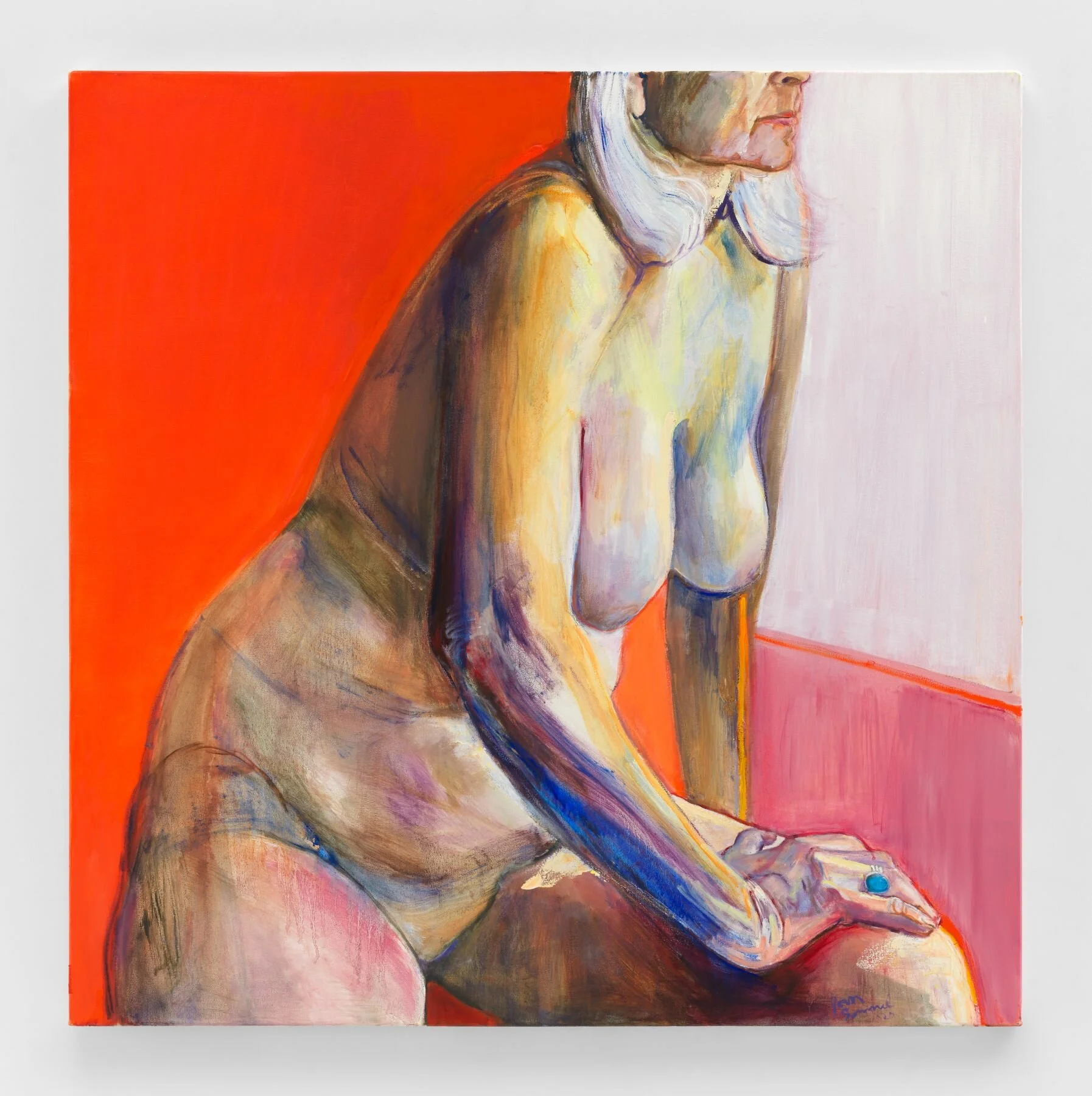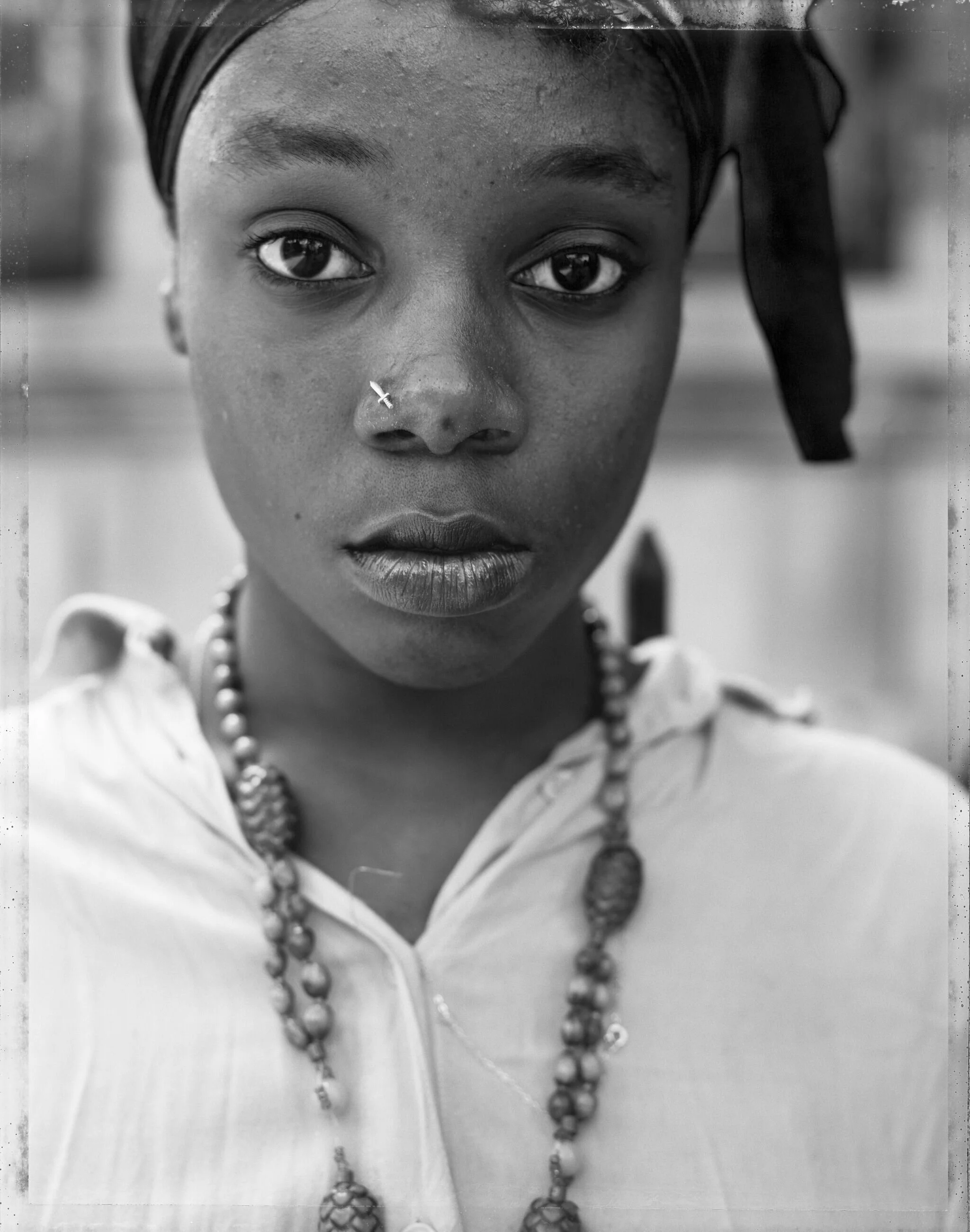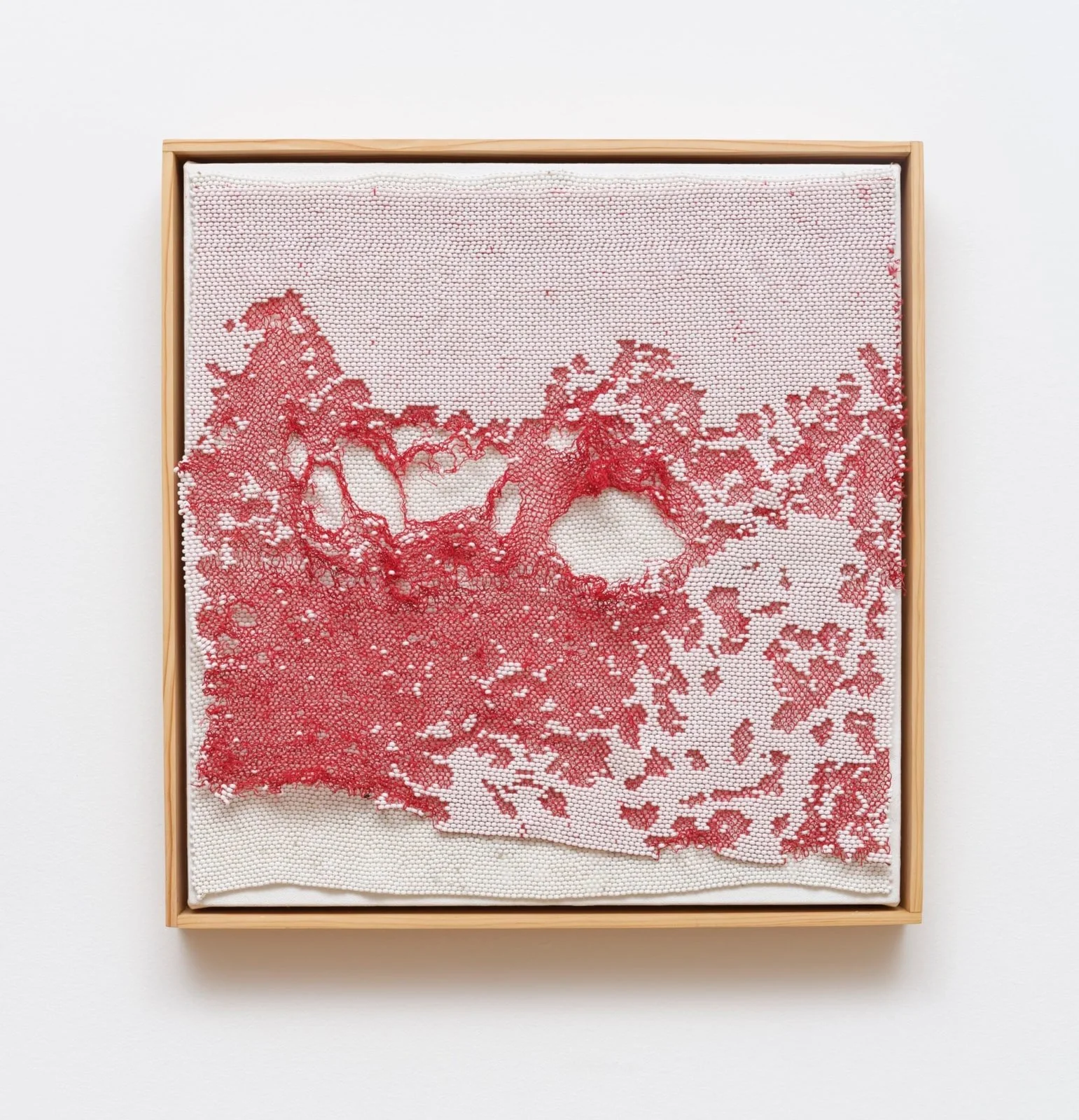Niki de Saint Phalle
“Structures for Life”
New York, 22-25 Jackson Avenue, Queens
From the very outset of her career in the 1950s, Niki de Saint Phalle (American and French, 1930‒2002) defied artistic conventions, creating works that were overtly feminist, performative, collaborative, and monumental. Her first major US exhibition, Niki de Saint Phalle: Structures for Life features over 200 works that highlight Saint Phalle’s interdisciplinary approach and engagement with pressing social issues. Innovation was key to Saint Phalle’s process: from beginning to end, she envisioned new ways of inhabiting the world.
Early on, Saint Phalle pushed against accepted artistic norms, creating artworks that used assemblage and performative modes of production—such as shooting at her canvases–as well as large-scale sculptures like her Nanas. From the late 1960s onwards, Saint Phalle expanded her practice to include architectural projects, sculpture gardens, books, prints, films, theater sets, clothing, jewelry, and, famously, her own perfume. This exhibition foregrounds the artist’s interdisciplinary endeavours, focusing on the visionary architecture and utopian sculpture environments that formed the core of her later work.
Saint Phalle produced fantastical and figurative houses, parks, and playgrounds. These structures were charged spaces of imagination from which she envisioned experimental societies emerging, places “where you could have a new kind of life, to just be free.” Central to this vision was Tarot Garden, a massive sculptural installation outside of Rome, open to the public since 1998. The intricate detailing and organic shapes of the garden’s structures, based on the 22 Major Arcana of the tarot deck, underscore Saint Phalle’s belief that art can alter perception and shift reality.
Saint Phalle also engaged with the politics of social space in her work. Addressing subjects that ranged from women’s rights to climate change and HIV/AIDS awareness, she was often at the vanguard in addressing pressing issues of her time. In particular, her work to destigmatize HIV/AIDS is highlighted through works related to her illustrated book AIDS: You Can’t Catch It Holding Hands (1986).









